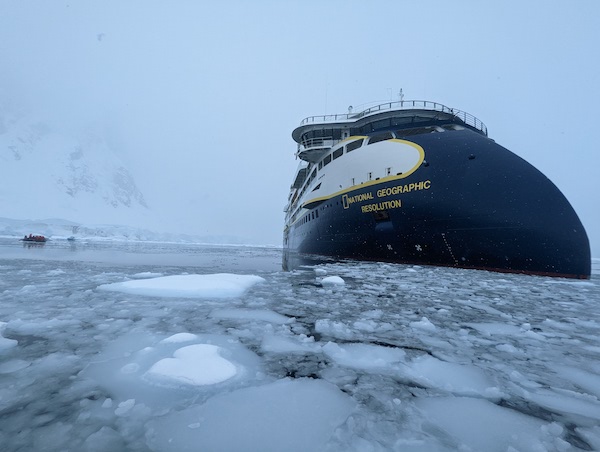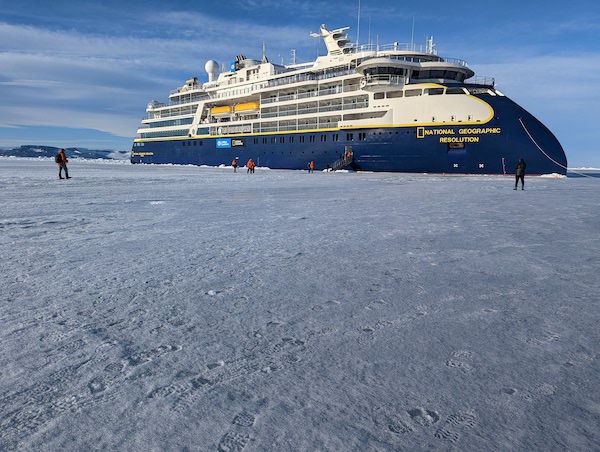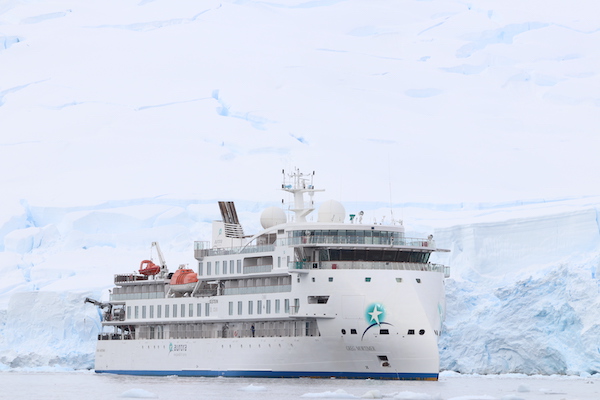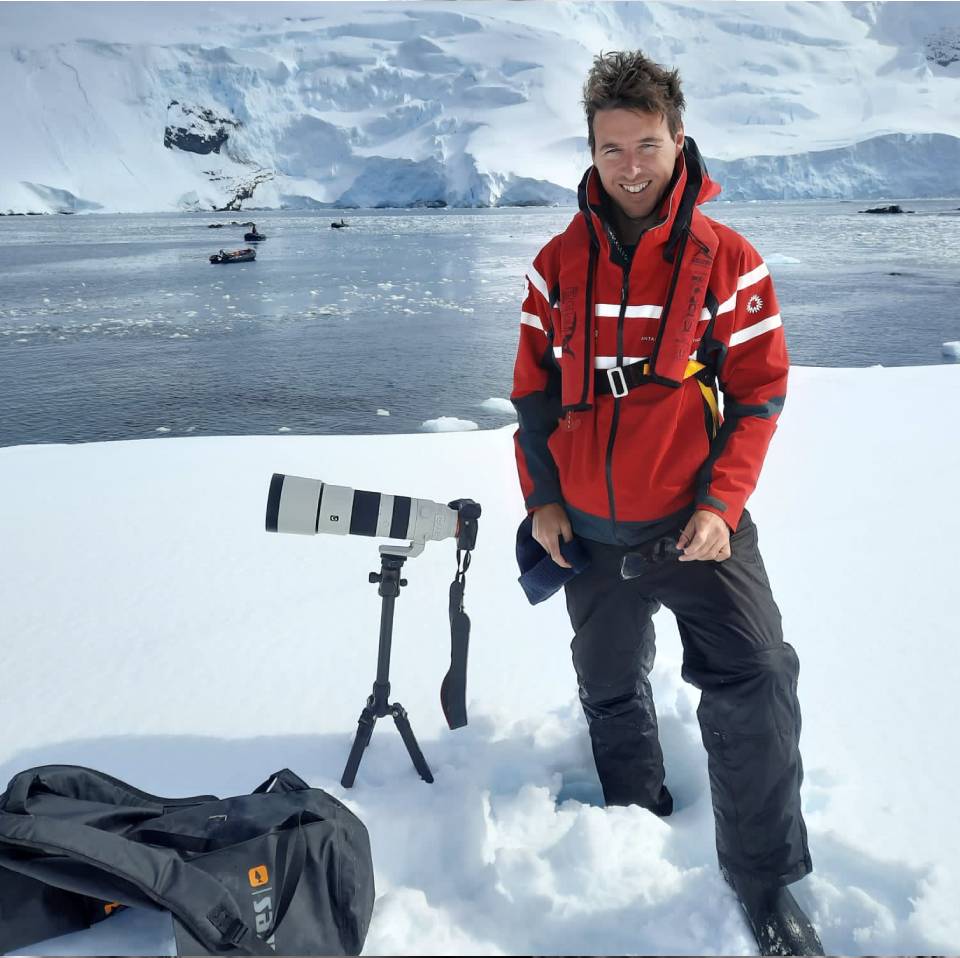In the world of maritime engineering, the design of a ship's bow plays a crucial role in its overall performance, efficiency, and stability.
Traditional Antarctic tourist ships have typically utilized the standard bow, characterized by a pointed, forward-facing design.
However, in recent years, a new bow design known as the X-bow has emerged, offering a distinct approach to handling the harsh conditions of the open sea, especially the Drake Passage.
The X-bow can simply be described as a backward-sloping, inverted bow design - see pictures below.
There are now a handful of expedition ships operating in Antarctica that use the new X-bow design. Do they provide a better voyage?
I have sailed on ships with both traditional bows and the new X-Bows and on this page we are going to look at some of the pros and cons of each to help you decide if you want to choose an X-Bow ship for your next Antarctic trip.

A proven history and design
The standard bow has been the cornerstone of ship design for centuries. Its long-standing use is a testament to its effectiveness in various maritime conditions.
This design has been refined over time, incorporating countless improvements and optimizations based on extensive real-world experience.
The hydrodynamic characteristics of standard bows are well-documented and widely understood within the maritime industry. This extensive knowledge base allows for accurate predictions of ship behavior and performance, facilitating more effective design and operational decisions.
Whereas the X-bow design is not yet truly tried and tested. However, it is getting there. It is almost 20 years since the first X-bow ship entered the sea and this new bow system is fast becoming the go-to design for new Antarctic vessels.
For the photograpohers reading this page, I have always found the tradional bow gives better photo opportunities. It gives you that classic ship look and also allows you to stand right at the front of the ship and look down over the water.
Calm VS rough seas comparison

In calm water conditions, ships with standard bows can achieve higher speeds and greater fuel efficiency. The pointed bow minimizes hydrodynamic resistance, allowing the vessel to cut through water more smoothly.
However, in rougher seas the new X-bow design is smoother. This innovative shape significantly reduces the impact of waves, allowing the ship to cut through rough seas with minimal pitching and slamming.
The result is a smoother ride and enhanced stability, even in adverse conditions. From my own personal expereince, the X-Bow does does indeed do a little better in rougher seas, but it is not a hugely noticable difference. This is potentially quite useful though when it comes to Antarctic cruises given that most itineraries cross the infamous Drake Passage.
The Drake Passage is known as one of the roughest parts of the ocean on the planet and having a ship that can reduce movement is often a godsend, especially for people who suffer from motion sickness.
Best bow for efficiency and environmental impact

In adverse weather conditions, the increased resistance encountered by standard bows can lead to higher fuel consumption. The need to reduce speed to maintain safety and comfort further exacerbates this issue, impacting the vessel's overall efficiency.
On the other hand, ships with X-bows generally experience lower resistance in rough waters compared to those with standard bows. This reduction in resistance translates to improved fuel efficiency, as the vessel can maintain higher speeds without increasing fuel consumption.
This not only lowers operational costs but also reduces the vessel’s environmental footprint. Lower fuel consumption means fewer greenhouse gas emissions, aligning with the growing emphasis on sustainability within the maritime industry.
The future
As the Antarctic cruise industry continues to innovate and prioritize sustainability, the adoption of X-bow designs may become more widespread.
Advances in materials science and construction techniques could also reduce the costs associated with building X-bow ships, making them a more viable option for a broader range of Antarctic operators.



